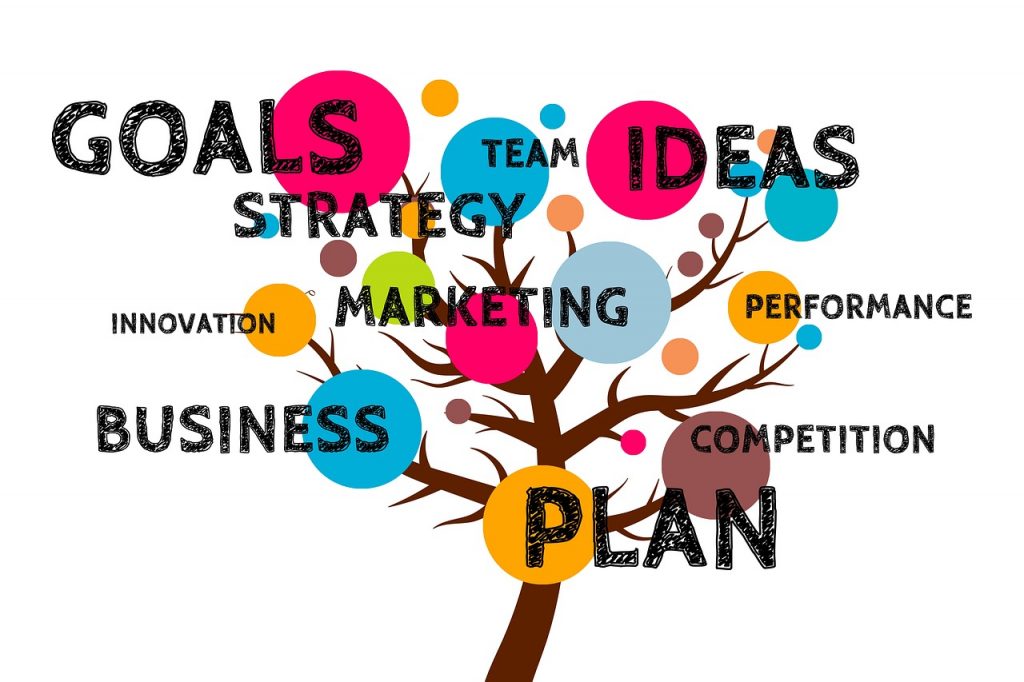With the Labour Party back in power, businesses across the UK are gearing up for changes.
Those changes could shake up the economic and regulatory landscape. In this blog, we’ll dive into what these changes might mean for businesses, particularly in recruitment and leadership roles.
Looking Back: What Happened Last Time Labour Was in Charge?
The last time Labour was in government (1997-2010) under Tony Blair and Gordon Brown, we saw some big shifts:
- National Minimum Wage: Introduced to tackle low pay. It was great for workers but meant higher costs for businesses, especially smaller ones.
- Workers’ Rights: Labour boosted rights with better maternity and paternity leave and capped working hours with the Working Time Directive.
- Education and Skills: They poured money into education and skills training, which eventually helped create a more skilled workforce.
These changes give us a clue about how Labour might steer the ship this time around.
Labour’s Current Plans: What’s on the Horizon?
Labour’s manifesto is packed with plans that could impact businesses. Here are a few key points:
- Green New Deal: A big push towards a green economy. This could open up opportunities in renewable energy and green tech. But, might also mean more costs for traditional industries due to stricter environmental rules.
- Workers’ Rights and Pay: Raising the minimum wage to £15 per hour and beefing up workers’ rights. This could hike up wage bills. On the flip side, happier workers could mean higher productivity.
- Tax Reforms: Increasing corporate tax rates and introducing a financial transactions tax might hit profits. However, more public investment in infrastructure and services could drive economic growth.
What This Means for Recruitment
The recruitment sector is likely to see a few shifts due to Labour’s policies:
- Demand for Green Jobs: The Green New Deal is expected to create a boom in jobs. These will be related to renewable energy, sustainability, and environmental management. Recruitment agencies will need to tap into these new areas.
- Fair Employment Practices: With a stronger focus on workers’ rights, there’ll be more emphasis on fair recruitment practices, which might mean stricter compliance and more transparent hiring processes.
- Skills Development: Labour’s push for better education and training means a more skilled workforce. Recruitment agencies will have a larger pool of qualified candidates but will need to stay on top of new qualifications and training programs.
Leadership Roles: What’s Changing?
Leadership roles will also need to adapt to the new government’s direction:
- Ethical Leadership: With Labour’s focus on social justice and equality, there’ll be more pressure on business leaders to show ethical leadership and corporate social responsibility.
- Adaptability and Change Management: Leaders will need to be good at handling change as businesses navigate new regulations, tax reforms, and shifts in the labour market. Building a culture of resilience and adaptability will be key.
- Sustainability Focus: Executives will need to make sustainability a priority in their strategies, aligning their business practices with the government’s environmental goals.
How It Could All Go Wrong for Labour
While Labour’s plans are ambitious, there are potential pitfalls:
- Economic Slowdown: Higher corporate taxes and increased regulations could slow down economic growth, leading to lower business investment and job creation.
- Implementation Challenges: Implementing wide-ranging reforms is complex and could face bureaucratic delays, mismanagement, or resistance from various sectors.
- Political Instability: Internal party conflicts or a lack of support from key stakeholders could derail Labour’s agenda, leading to policy reversals or watered-down reforms.
How Long Will It Take to See Changes?
Change doesn’t happen overnight, and the timeline for Labour’s policies to take effect will vary:
- Short-Term: Some changes, like increases in the minimum wage, might be implemented quickly but could also lead to immediate cost pressures on businesses.
- Medium-Term: Tax reforms and investments in infrastructure and public services might take a few years to roll out and start showing benefits.
- Long-Term: Initiatives like the Green New Deal and education reforms could take a decade or more to fully materialise and impact the economy.

How Can Businesses Best Prepare?
Preparation is key to navigating the upcoming changes:
- Stay Informed: Keep up to date with government announcements and understand how new policies might affect your industry.
- Invest in Skills: Focus on training and upskilling your workforce to meet new industry demands, particularly in green technologies and sustainable practices.
- Adaptability: Build a flexible business model that can quickly adapt to regulatory changes and economic shifts.
- Engage in Dialogue: Participate in industry associations and engage with policymakers to voice concerns and suggestions, helping shape the implementation of new policies.
- Sustainability Practices: Integrate sustainability into your business strategy to align with the government’s environmental goals and appeal to increasingly eco-conscious consumers.
Wrapping Up
Labour’s return to power is set to bring significant changes to the UK business scene. While there are challenges ahead, like higher operational costs and more regulations, there are also plenty of opportunities, especially in green industries and through a more skilled workforce. For the recruitment sector, staying adaptable will be crucial to helping businesses find the talent they need. And for business leaders, focusing on ethical practices, adaptability, and sustainability will be more important than ever. By preparing for these changes, businesses can set themselves up for success in this new political and economic landscape.
OUR FOCUS ON LONG-TERM PARTNERSHIPS
At re:find we have been in Executive Search for over 20 years. We believe that recruitment is not a one-off transaction but rather a long-term partnership. We aim to build long-term relationships with our clients, providing ongoing support and advice to help them find and retain the best talent for their organisation.
In addition, as a business, we understand that every organisation is unique and that there is no one-size-fits-all solution when it comes to recruitment. That’s why we offer bespoke recruitment solutions that are tailored to meet the specific needs of each client. Whether you need help with a single hire or a full recruitment campaign, we can help.
We are committed to providing our clients with the highest quality service. As part of this, we ensure that we take the time to understand your organisation’s culture and values, as well as the specific skills and experience needed for each role.
For more information on our executive search practice and our CCS framework
please get in touch with our Head of Interim, Sam Dyde.
Please visit our website to see more of our knowledge hub: https://refind.co.uk/







